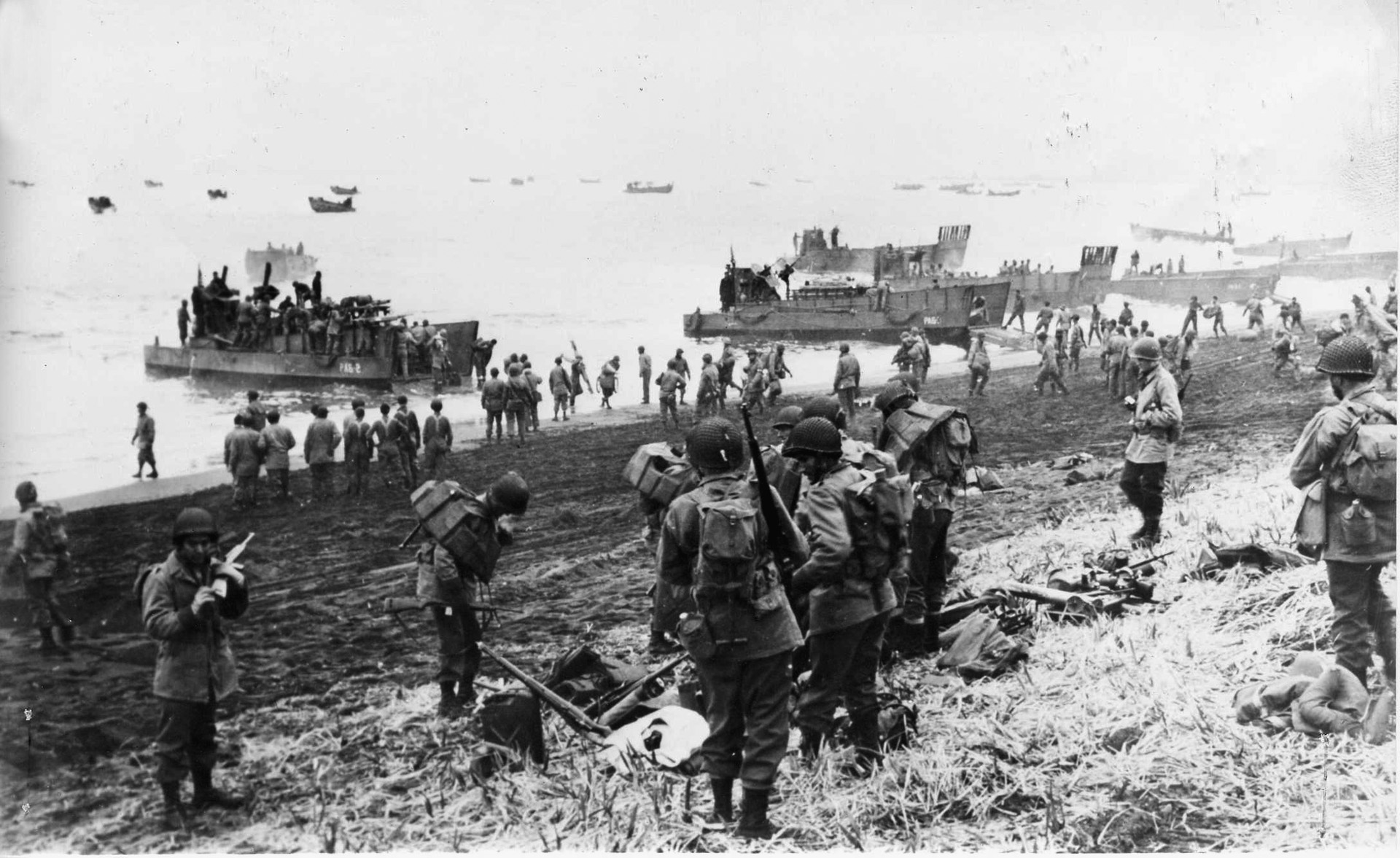B-17 Flying Fortresses in overseas combat theaters during World War II. The B-17 may have first seen combat in American markings in the Philippines, but it would earn its enduring fame with the Eighth Air Force, based in England and fighting over Occupied Europe.The story of the B-17 would become the story of the VIII Bomber Command (later Eighth Air Force) strategic heavy bombardment campaign of the European Theater of Operations (ETO) during World War II Initially equipped with B-17Es in 1942, the Eighth Air Force received B-17Fs in Jan 1943 and B-17Gs in Nov 1943.Flying Fortresses were employed in long-range strategic bombardment operations over Occupied Europe and Nazi Germany, August 1942 – May 1945 attacking enemy military, transportation, and industrial targets as part of the United States' air offensive against Nazi Germany.Check out the video right here!

Here are the vital specs of the classic B-17:
- Wing: Span 103 feet 9 inches; Area = 1420 square feet
- Tail: Span 43 feet; 331.1 square feet
- Overall Length: 74 feet 9 inches
- Rudder: 19 feet 1 inch
- Gross Weight: 65,000 pounds up to 72,000 pounds
- Top Speed: 287 miles per hour
- Cruising Speed: 160 miles per hour
- Maximum Range: 3,750 miles - (approximately 1,600 miles with 6,000 pound bomb load)
- Armament: Twelve .50 caliber machine guns
- Bomb Load: 20,000 pounds, maximum
- Fuel Load: 2,780 gallons overload. 3,600 gallons with bomb bay tanks
- Service Ceiling: 36,000 fett
- Power: Four Wright R-1820-97, 1200 horsepower radial engines
- Crew: 10 - Pilot and Co-Pilot, Engineer, Bombardier, Navigator, Radio Operator, Two Waist Gunners, Tail Gunner and Ball Turret Gunner



%201.svg)









